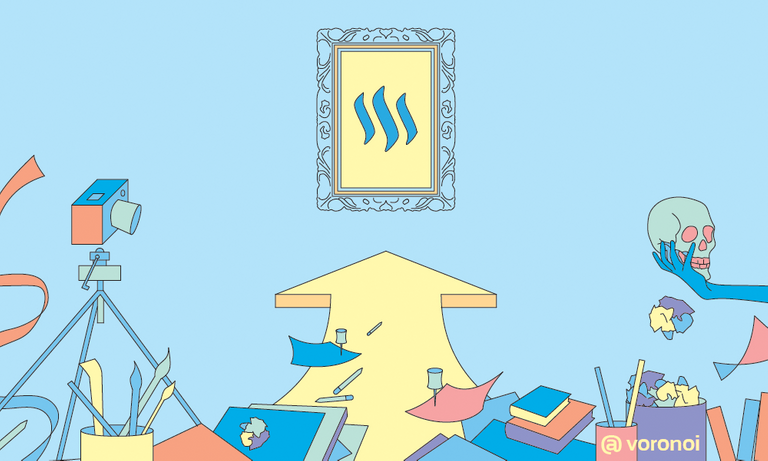
In this series we’re going to look at how blockchain can become a disruptive catalyst for creative disciplines. With growing momentum of decentralized platforms like steemit - together we can craft a new and open-sourced age of making, sharing and building.
The Blockchain Basics
Blockchain is a technology - A new infrastructure for data and an intelligent decision-making resource for forums like steemit. Blockchain is unique in it’s composition when you compare it to common methods of data storage and ownership today. Instead of having a central server, where all of your information is held and must pass through - blockchain allows for multiple “centers” to distribute and validate information simultaneously. This is a big deal for a number of reasons - for one - data is inherently “safer” when held on the blockchain. In the event of a hack - data contained on a single server can easily be discovered and overwhelmed. If that same data were to be held within a blockchain network, you simply have too many center points to weaken simultaneously.
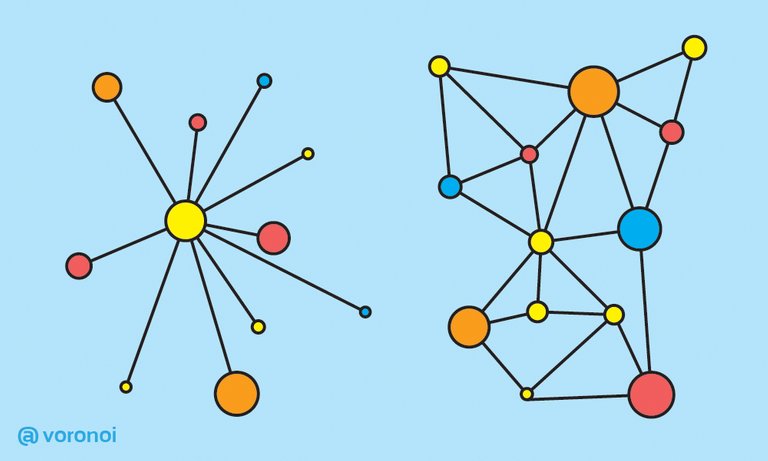
Security / Efficiency / Transparency
As more users become part of the blockchain, it strengthens and becomes even more distributed and more efficient among those engaged with it. Every action is permanently recorded in the form of a ledger. The ledger provides a unique record that (in steemit's case) is entirely public. If someone wants to trace data back to it's original source, blockchain makes that possible. This decentralized model is a new structurally competent architecture of data that has massive potential. In a global economy that relies on a growing brain of data everyday… blockchain is due to be one of the most disruptive technologies in the internet era.
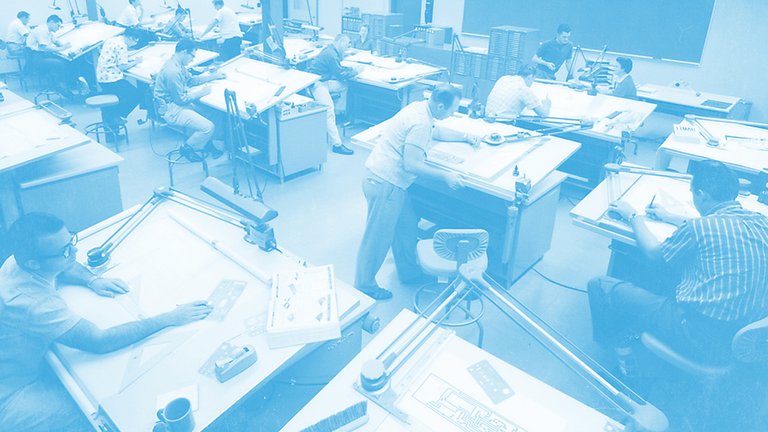
Bringing Creative Practice Up To Speed
While the internet has spawned some of the world’s largest companies, it has also stranded a number of 20th century practices behind. I want to focus here on one of these lagging creative disciplines; architecture. This is a field that has had continued trouble finding it’s niche within web-based communities. A lot of the modern software used in architecture today is rooted in the same family of programs designed in the 1990s. In the 90s, computer drawing software was definitely disruptive… but more socially than it was in terms of process. Computer drawing was really an imitation game. Software did it’s best to imitate how an architect draws a line from point A to B. Programs like AutoCAD and others were created to mimic the movement of a pencil, by replacing it with mouse. The appearance was very different (very fast, clean and colorful) but... they were still lines… Still today, the overwhelming majority of architecture projects are churned out with AutoCAD.
It wasn’t until “BIM” (Building Information Modeling) software came on the scene in 2002 did the process of designing a building fundamentally shift. With BIM, you can draw “smart lines”. By that I mean, if you draw a line in 2D, you can simultaneously assign that line a set of 3-D instructions.
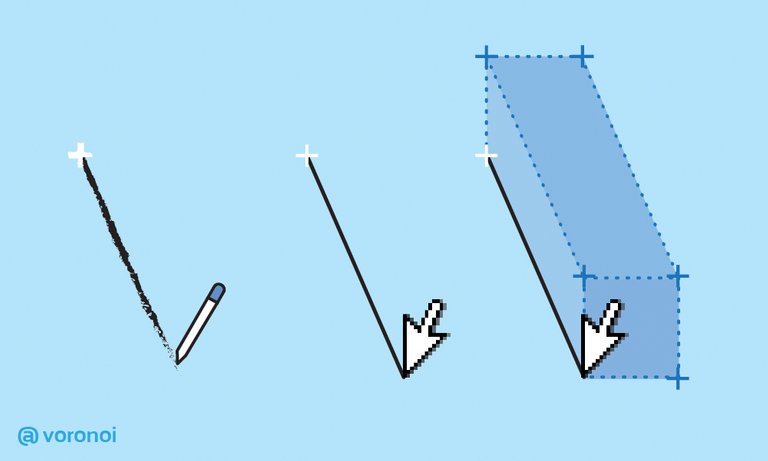
BIM Programs like Revit allow multiple people to write 3-D instructions simultaneously. One person can be developing floor plans while the other can model window details. Still, while this technology is still very new, it has the functional logic and embedded potential similar to blockchain.
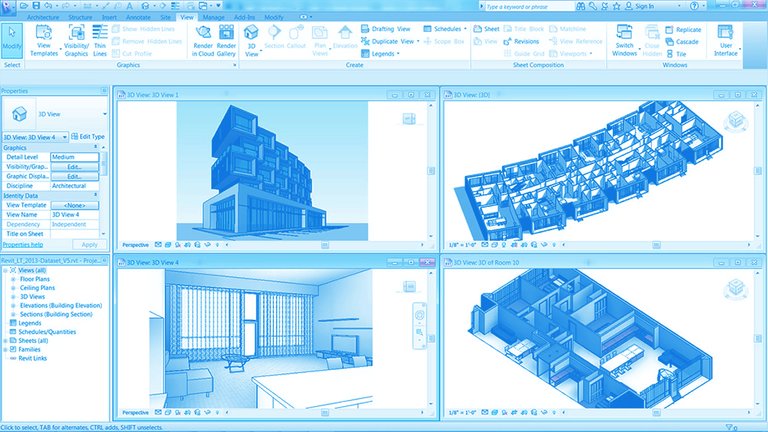
Smart Spaces for the 21st Century
In the next post of this series, we’ll get into how blockchain can affect physical architecture beyond process. Curating the way we design, fabricate and inhabit smart public spaces… stay tuned for more!
Thank you for scrolling through! Follow the four of us @hitheryon for more on art, architecture and musings on the creative world today.
This is interesting - I still dont see how it'll relate to blockchains so I'll look out for part 2. That BIM thing is new to me as well.
Btw I like the color palette you've selected - goes very well reading on the vanilla steemit interface :)
Stay tuned for part 2 my friend, this is just a tease. Glad you like the blue and yellow palette! :)
Also, thanks for the resteem man!
building information modeling is another approach towards sustainability
simply if we can apply blockchain alongside BIM I think it would the holy grail for architecture.
Definitely more sustainable in terms of workflow / storage etc... as the interface for this improves and becomes more fluid to design within I think we're in 'grail territory ;)
This post has been ranked within the top 80 most undervalued posts in the second half of Dec 06. We estimate that this post is undervalued by $8.45 as compared to a scenario in which every voter had an equal say.
See the full rankings and details in The Daily Tribune: Dec 06 - Part II. You can also read about some of our methodology, data analysis and technical details in our initial post.
If you are the author and would prefer not to receive these comments, simply reply "Stop" to this comment.
Hear, hear, chaps!
Thank you!
Thanks for this vision. As an architect and lately reading about Blockchian, Bitcoin and crypto, I think daily how can this be linked to Architecture and design.
Nice that you mentioned BIM. There are also more in to generative design and digital fabrication. Software like Grasshopper 3D, depends on data and equations to generate very complex forms that architects really don't have the ability to imagine it before drawing in Cad or BIM.
May be the Steemit blockchain recorded information can soon shape buildings and urban fabric ;)